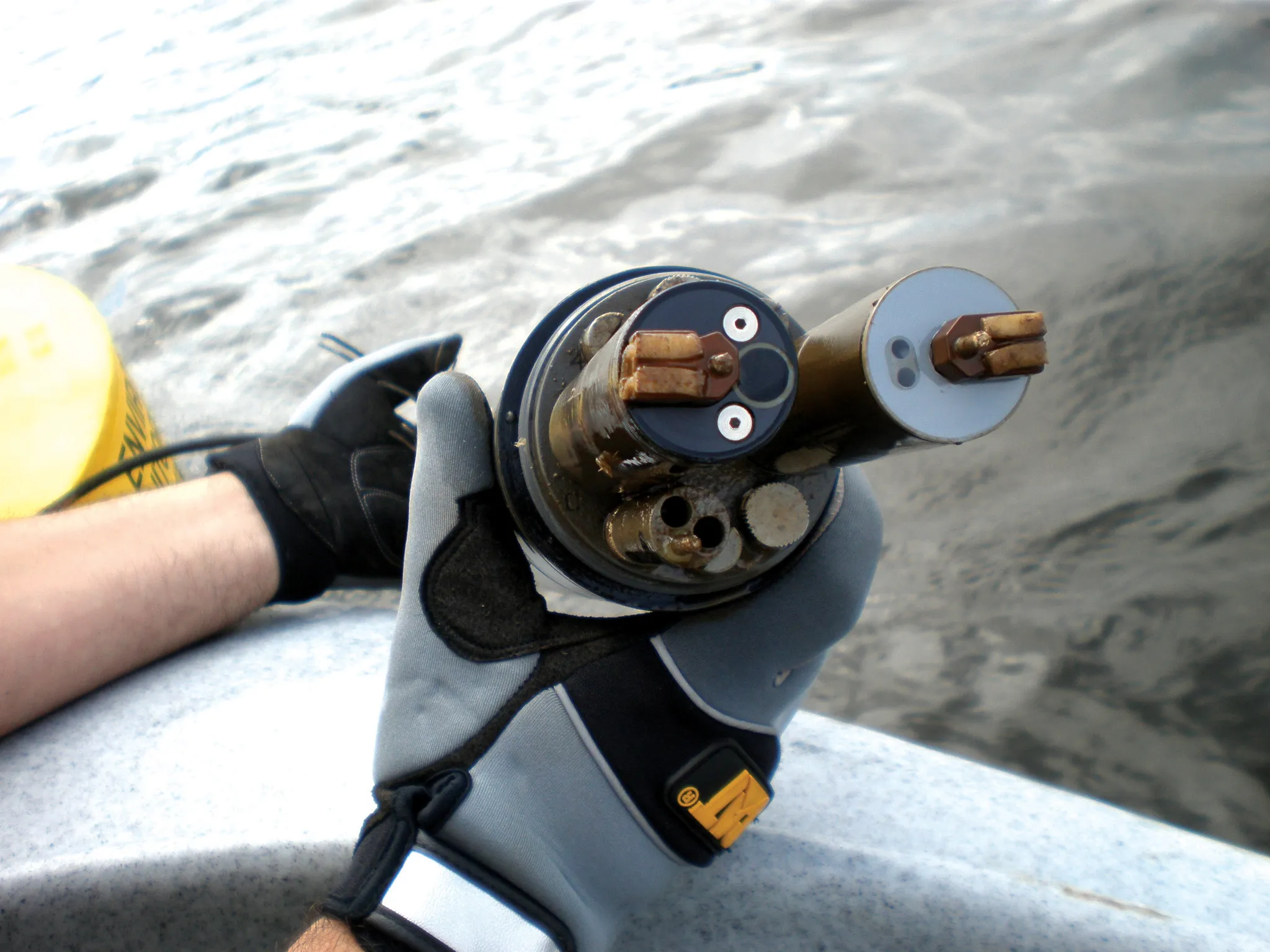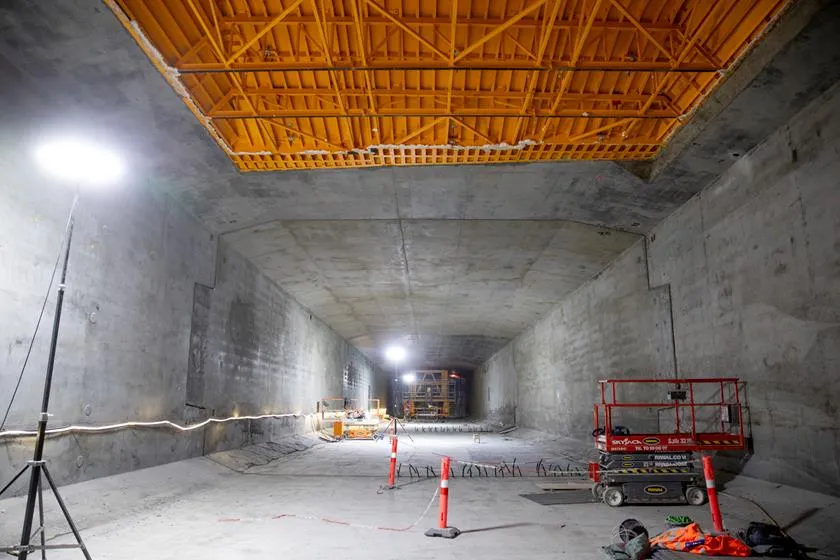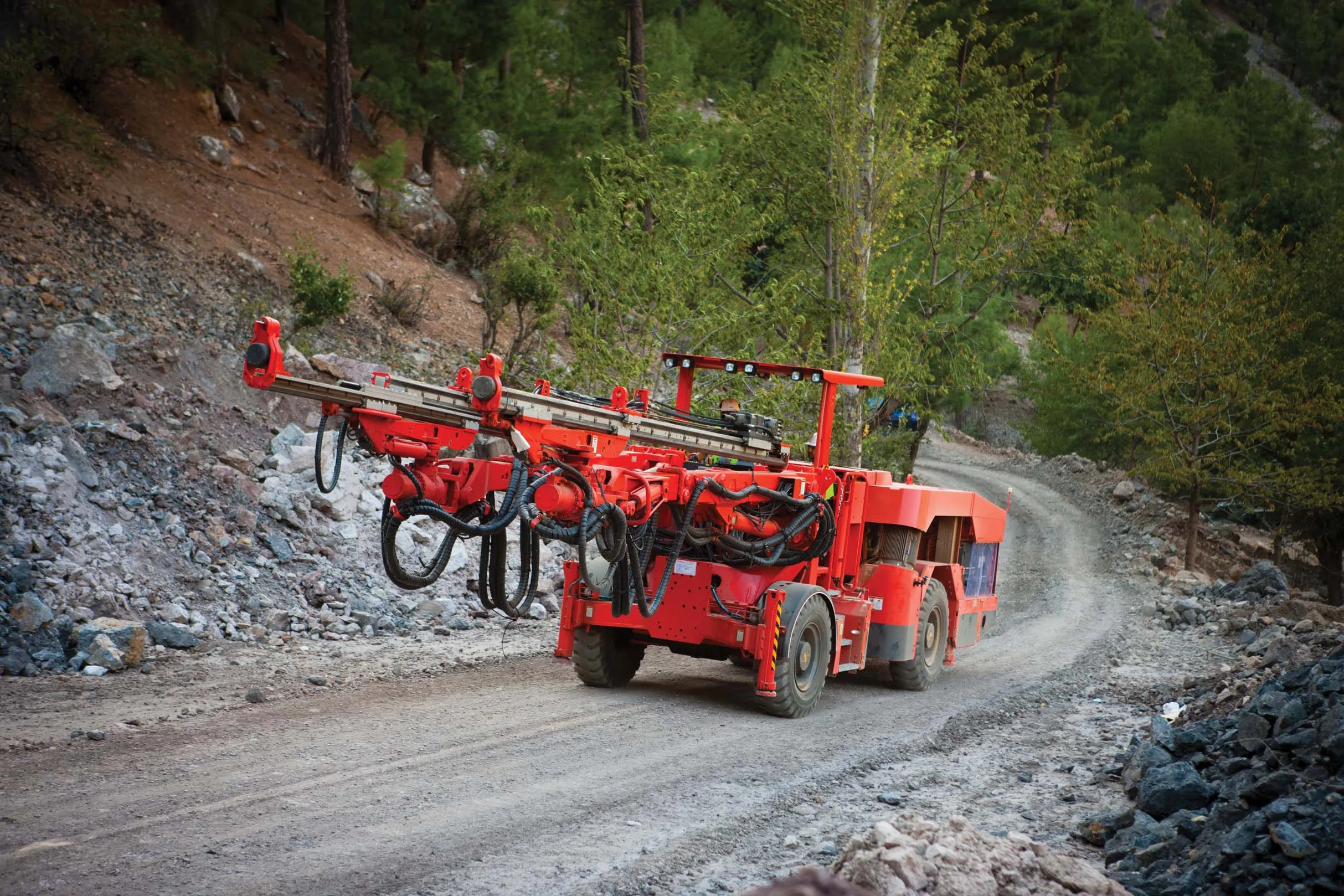Central Nippon Expressway Co (NEXCO) East Japan is to remove ceiling tiles in nine of its expressway tunnels in Japan, less than a year after nine people died following the collapse of Sasago tunnel in Yamanashi Prefecture. A company spokesperson has reportedly said that the firm is shutting down the tunnels on the Kan-Etsu Expressway and the Hokuriku Expressway during evenings until July 2013, to enable the removal of the existing tiles. After the Sasago tunnel collapse in December 2012, an emergency inspe
June 3, 2013
Read time: 1 min
Central Nippon Expressway Co (NEXCO) East Japan is to remove ceiling tiles in nine of its expressway tunnels in Japan, less than a year after nine people died following the collapse of Sasago tunnel in Yamanashi Prefecture.
A company spokesperson has reportedly said that the firm is shutting down the tunnels on the Kan-Etsu Expressway and the Hokuriku Expressway during evenings until July 2013, to enable the removal of the existing tiles.
After the Sasago tunnel collapse in December 2012, an emergency inspection of the tunnel’s southbound lane found defects in 670 locations. In around 632 locations, the bolts that fix the ceiling panels to the tunnel were said to be corroded or loose, while there was a crack in the tunnel's concrete ceiling.
A company spokesperson has reportedly said that the firm is shutting down the tunnels on the Kan-Etsu Expressway and the Hokuriku Expressway during evenings until July 2013, to enable the removal of the existing tiles.
After the Sasago tunnel collapse in December 2012, an emergency inspection of the tunnel’s southbound lane found defects in 670 locations. In around 632 locations, the bolts that fix the ceiling panels to the tunnel were said to be corroded or loose, while there was a crack in the tunnel's concrete ceiling.








